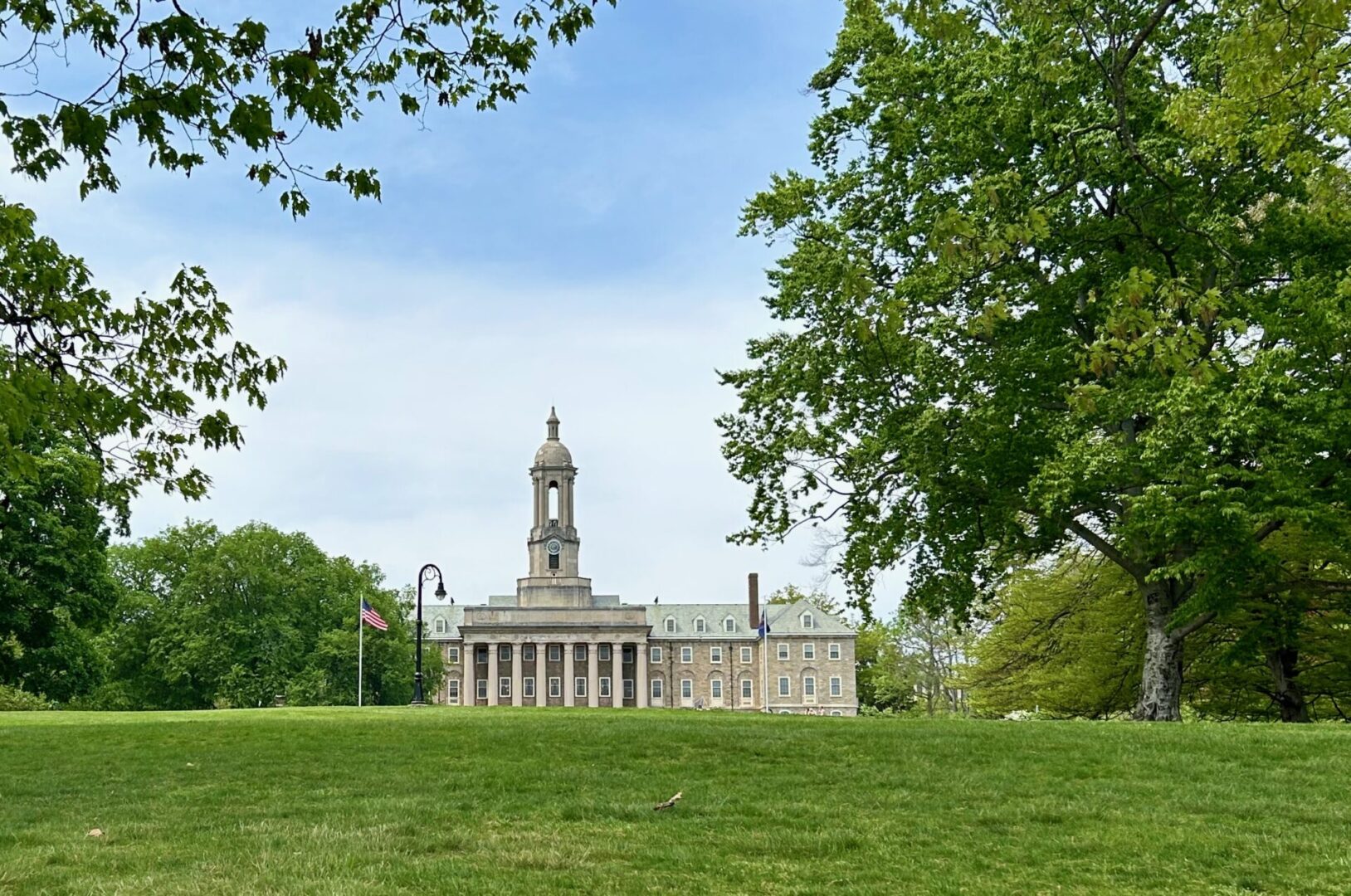Nearly 400 employees at Penn State’s Commonwealth Campuses have accepted voluntary buyouts through a program offered by the university to reduce its budget deficits.
In a news release on Tuesday, Penn State provided information about participation in the Voluntary Separation Incentive Program (VSIP) initiated in May and announced plans to move to regional leadership structures for 11 Commonwealth Campuses.
Eligible full-time employees had until May 31 to take the buyout, which offered a lump-sum payment equal to a year’s salary and a health insurance subsidy for six months. The program was not offered at University Park, the law schools or the College of Medicine.
A total of 383 employees — about 21% of those eligible — opted into the VSIP, resulting in a 10% reduction in Commonwealth Campus personnel, according to the university. Salary and benefit expenses for those employees total $43 million, “however, actual savings will not be known until later in the year when University leaders know which positions will be backfilled,” according to the release.
About 77% of employees participating in the VSIP were staff. (Penn State classifies employees as staff, technical service, faculty and administration.)
Among those who took the buyout, 52% will depart the university on June 28. The rest will have their departure date deferred until later in the summer or fall, but no later than Dec. 31. About 76% of faculty participating in the VSIP will leave on June 28, “with the remainder having various deferred separation dates based on critical University needs,” Penn State wrote.
Over the past decade, overall enrollments at Penn State’s 20 Commonwealth Campuses have dropped by 24% as the population of college-aged adults nationwide declines, according to the university. The enrollment decreases have contributed to a $49 million aggregate deficit for the campuses’ total budget.
“Penn State has been making adjustments to address the reality of changing demographics in Pennsylvania and across the country, but these small changes are not enough to position the University for the long term,” Margo DelliCarpini, vice president for Commonwealth Campuses and executive chancellor, said in a statement. “We have to make fundamental changes that create the most efficient organization possible in delivering on Penn State’s mission.”
Penn State’s Board of Trustees has committed to balancing the university’s budget by 2025-26, and $94 million in cuts, including $54 million at the Commonwealth Campuses, were detailed earlier this year.
Tracey Langkilde, interim executive vice president and provost, said the university needed to reduce personnel costs, and “the VSIP allowed us to do so in a way that we felt would be as compassionate as possible.”
“We must find ways to be more efficient in using the University’s limited resources while continuing to deliver on our land-grant mission to create new knowledge and lift up students from across the commonwealth and beyond through higher education,” Langkilde said in a statement. “The VSIP helped us do that, and it has presented an opportunity to reconfigure our operations across our campuses to make each Penn State campus stronger and more viable.”
REGIONAL LEADERSHIP
One way the university will be reconfiguring operations is through a regional leadership model, with multiple campuses led by a single administration.
Several campus chancellors are retiring, have accepted the voluntary buyout or are leaving for another position, which Penn State said provided an opportunity to “reduce administrative overhead, leverage regional opportunities and provide enhanced collaboration across locations.”
Beginning July 1, 11 campuses will move to regional leadership structures:
• The Beaver and Shenango campuses will be led by Chancellor Carey McDougall, who is currently chancellor of Penn State Beaver.
• Fayette, Greater Allegheny and New Kensington will be led by Chancellor Megan Nagel, currently the chancellor of Penn State Greater Allegheny.
“Penn State New Kensington Chancellor Kevin Snider will remain in his position through Dec. 31, to collaborate on the transition for the Digital Foundry at the New Kensington campus,” the university wrote. “The interim chancellor/chief academic officer at Fayette will work through the end of his term with Nagel to facilitate the transition in this region.”
• Hazleton, Scranton and Wilkes-Barre will be led by Chancellor Elizabeth Wright, current chancellor of Penn State Hazleton.
“Wilkes-Barre Chancellor Lynda Goldstein will remain in her position through the end of her contract in 2025 to work with Wright and the director of academic affairs at Scranton to facilitate the transition in this region,” according to the release
• Brandywine, Mont Alto and York will be led by Chancellor Marilyn Wells, current chancellor of Penn State Brandywine.
All campuses “will maintain their individual identities,” DelliCarpini said.
“Over time we will refine the campus leadership structure as needs evolve to support a streamlined and responsive educational experience for students across our campuses,” DelliCarpini said.
The university added that it “will continue to analyze key administrative functions across the Commonwealth Campuses to identify campus structure transformation opportunities.”
$20 MILLION INVESTMENT
Penn State President Neeli Bendapudi will provide up to $20 million, or 40%, of fiscal year 2025-26 strategic funds to the Commonwealth Campuses to allow more time — until June 30, 2026 — to fully balance their budgets.
The total amount of strategic funds to be used will be determined after the final savings from the VSIP are compared to the campuses’ $49 million deficit.
Bendapudi said one of the reasons she accepted her position at Penn State was the university’s “unique multi-campus structure,” and the changes to the Commonwealth Campus operations are meant to ensure a sustainable future.
“I believe in the role the Penn State Commonwealth Campuses play in the University’s commitment to Pennsylvania families and in each one of their local communities,” Bendapudi said. “With these funds, campus and University leadership will have more time to find opportunities for growth and areas for improved efficiency.”



